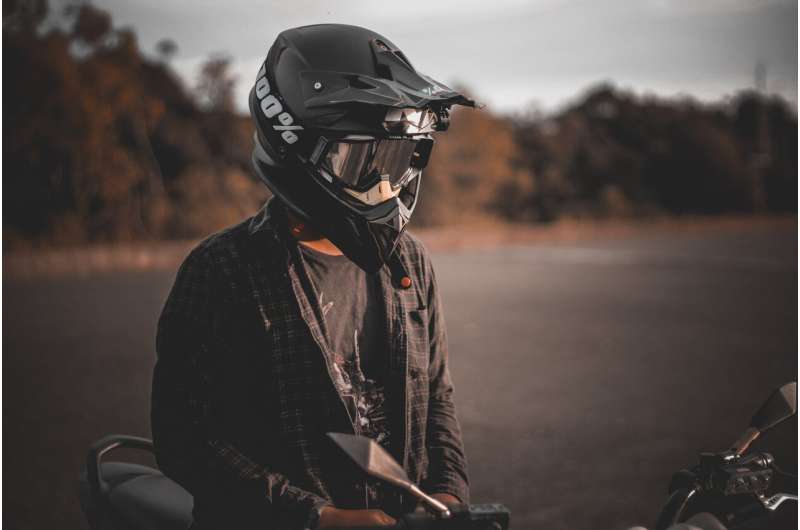Holistic approach increases safety for two-wheeled vehicles

If we are to make the best use of urban transport, we need to increase safety for the most vulnerable users – especially those on two wheels. As well as new vehicle technology, this also needs improvements to rider behaviour and protective equipment.
Powered two wheelers (PTWs), such as scooters and motorcycles, are often cited as an appropriate transport solution for Europe's increasingly congested urban environments. However, alongside their manoeuvrability, specially suited to city traffic, comes increased risk of personal injury or fatality, through crashes. This is due to a range of factors such as the limited visibility of vehicles and riders, inadequate personal protection, alongside difficulties in controlling PTWs to avoid accidents.
The MOTORIST project has contributed to an improvement of the situation through three interrelated objectives. Firstly, it established training to augment rider's skills, drawing on in-depth analysis of accident data and investigation of rider behaviour during emergencies. Secondly, it developed advanced technical safety systems based on rider's behaviour. Lastly, it improved personal protective equipment for riders.
Not just a technical fix
PTWs riders are considered to be the most vulnerable road users. This is due to the speed their vehicles travel at in relation to other transport modes and the fact that PTWs are not protected in the same way as other transport methods, for example by car compartments with crumple zones.
Additionally, there are difficulties on the part of other drivers to perceive the presence and speed of PTWs, referred to as 'conspicuity'. From a technical standpoint, PTWs have not benefited from the same safety advances as cars, with the comprehensive implementation of ADAS (Advance driver assistance systems), for instance. Finally, riding a PTW actually requires greater skill, both in terms of motor skills and cognitive skills, compared to car drivers.
This leads the MOTORIST project coordinator Dr. Marco Pierini to comment that, "It is not possible to simply install a new technological solution on motorcycles and immediately guarantee a reduction in accidents. Most of the new technologies, for best results, require that the bikers learn to use them properly first." This is seen, for example, with anti-lock braking systems where riders have to be trained to use the full potential of the system in the event of emergency braking, without holding back for fear that wheels will lock resulting in a fall. This training requirement will be even more pronounced with advanced technologies soon coming to the market.
The project's research was able to pinpoint the key parameters to characterise and predict the response of riders in emergency situations, with a focus on relevant crash scenarios such as those incurred at intersections. This enabled the team to create guidelines as a foundation for future training activities to increase rider competency and to further develop safety systems.
As Dr. Pierini says, "A major outcome was the definition of a test protocol that elicits in the rider realistic emergency responses. For example, the protocol considers a PTW approaching a mock-up intersection with a car simulating the initiation of a turning manoeuvre across the PTW's path."
This protocol was tested both in riding simulator activities and in the field, with promising results for the analysis of rider performance under emergency situations and for the development of new training strategies which combine skills related to hazard perception and vehicle control.
Increased knowledge for the PTW safety sector
Aside from the societal impact of the project which contributes to a more holistic approach in reducing PTW road accidents, the EU-funded project resulted in tangible scientific results. Many of these Marie-Curie Action Initial Training Network results, working through Early Stage Researchers and Experienced Researchers, have been published in journals, as well as shared at major conferences. Additionally, participation at public events has also given the team a chance to raise awareness about the problem of PTW safety.
Allied to this, while new Marie Curie Action proposals are under evaluation, a cooperative project funded by the EU called PIONEERS, has been approved to go ahead under the auspices of the EU's Smart, green and integrated transport's initiative.
Provided by CORDIS





















